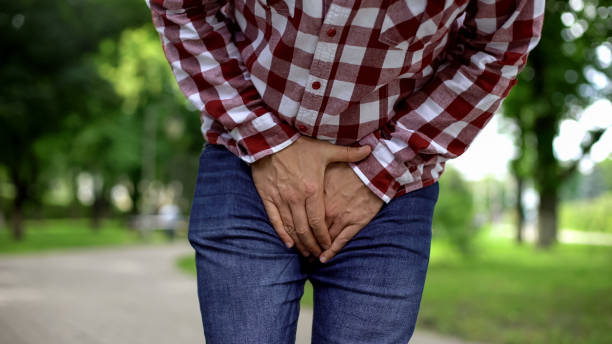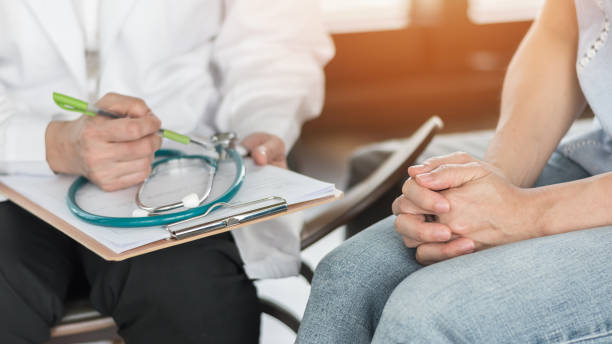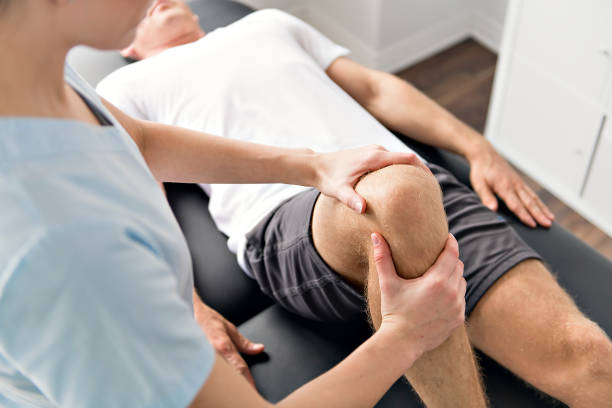Eliminating or reducing foods in your diet that irritate your bladder may help to relieve discomfort.

Picture: iStock
Interstitial cystitis is a chronic condition causing bladder pressure, bladder pain and sometimes pelvic pain. The pain ranges from mild discomfort to severe pain. The condition is a part of a spectrum of diseases known as painful bladder syndrome.
The condition commonly presents with chronic bladder pain or urinary urgency and frequency. People with interstitial cystitis tend to feel the need to urinate more often and with smaller volumes of urine than most people. There is no cure for this condition but medications and other therapies may offer relief.
The signs and symptoms of interstitial cystitis vary from person to person. If you have interstitial cystitis, your symptoms may also vary over time, sometimes worsening due to menstruation, sitting for a long time, stress, exercise and sexual activity.
If unmanaged, it can lead to complications like reduced bladder capacity, lower quality of life, sexual intimacy problems or emotional issues.

Picture: iStock
Symptoms
- Pain in your pelvis or between the vagina and anus in women.
- Pain between the scrotum and anus in men.
- Chronic pelvic pain.
- A persistent, urgent need to urinate.
- Frequent urination, often of small amounts, throughout the day and night.
- Pain or discomfort while the bladder fills and relief after urinating.
- Pain during sexual intercourse.
Causes
There might be anatomical causes like a defect in the protective lining of the bladder. A leak in the lining may allow toxic substances in urine to irritate your bladder wall.
Other causes may be an autoimmune reaction, heredity, infection or allergy. Age may play a role, with people usually diagnosed in their 30s or later.

Picture: iStock
Diagnosis
The following may be helpful in diagnosing interstitial cystitis:
• Medical history and bladder diary. Your doctor will ask you to describe your symptoms and may ask you to keep a bladder diary, recording the volume of fluids you drink and the volume of urine you pass.
• Pelvic exam. During a pelvic exam, your doctor examines your external genitals, vagina and cervix, and feels your abdomen to assess your internal pelvic organs. Your doctor may also examine your anus and rectum.
• Urine test. A sample of your urine is analyzed for signs of a urinary tract infection.
• Cystoscopy. Your doctor inserts a thin tube with a tiny camera (cystoscope) through the urethra, showing the lining of your bladder.
• Biopsy. During cystoscopy under anaesthesia, your doctor may remove a sample of tissue (biopsy) from the bladder and the urethra for examination under a microscope.

Picture: iStock
Treatment
• Physiotherapy: This may relieve pelvic pain associated with muscle tenderness, restrictive connective tissue or muscle abnormalities in your pelvic floor.
• Oral medications: Pain medication and anti-inflammatories to relieve the symptoms. Tricyclic antidepressants help to relax the bladder. Antihistamines may reduce urinary urgency.
• Nerve stimulation: This may relieve pelvic pain and, in some cases, reduce urinary frequency and even increase blood flow to the bladder. This may strengthen the muscles.
• Bladder distension: Some people notice a temporary improvement in symptoms after cystoscopy with bladder distension. Bladder distension is the stretching of the bladder with water.
• Surgery: Doctors rarely use surgery to treat interstitial cystitis because removing the bladder doesn’t relieve pain and can lead to other complications.

Picture: iStock
Lifestyle and home remedies
• Dietary changes. Eliminating or reducing foods in your diet that irritate your bladder may help to relieve the discomfort of interstitial cystitis. Common bladder irritants known as the four Cs, include: carbonated beverages, caffeine, citrus products and food containing high concentrations of vitamin C.
• Bladder training. Bladder training involves timed urination. You start by urinating at set intervals, such as every half-hour, whether you have to go or not.
For more news your way, download The Citizen’s app for iOS and Android.
Download our app




